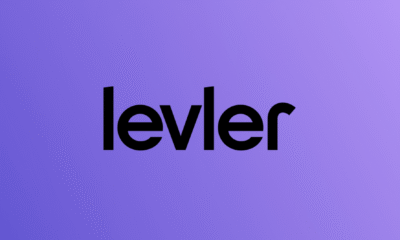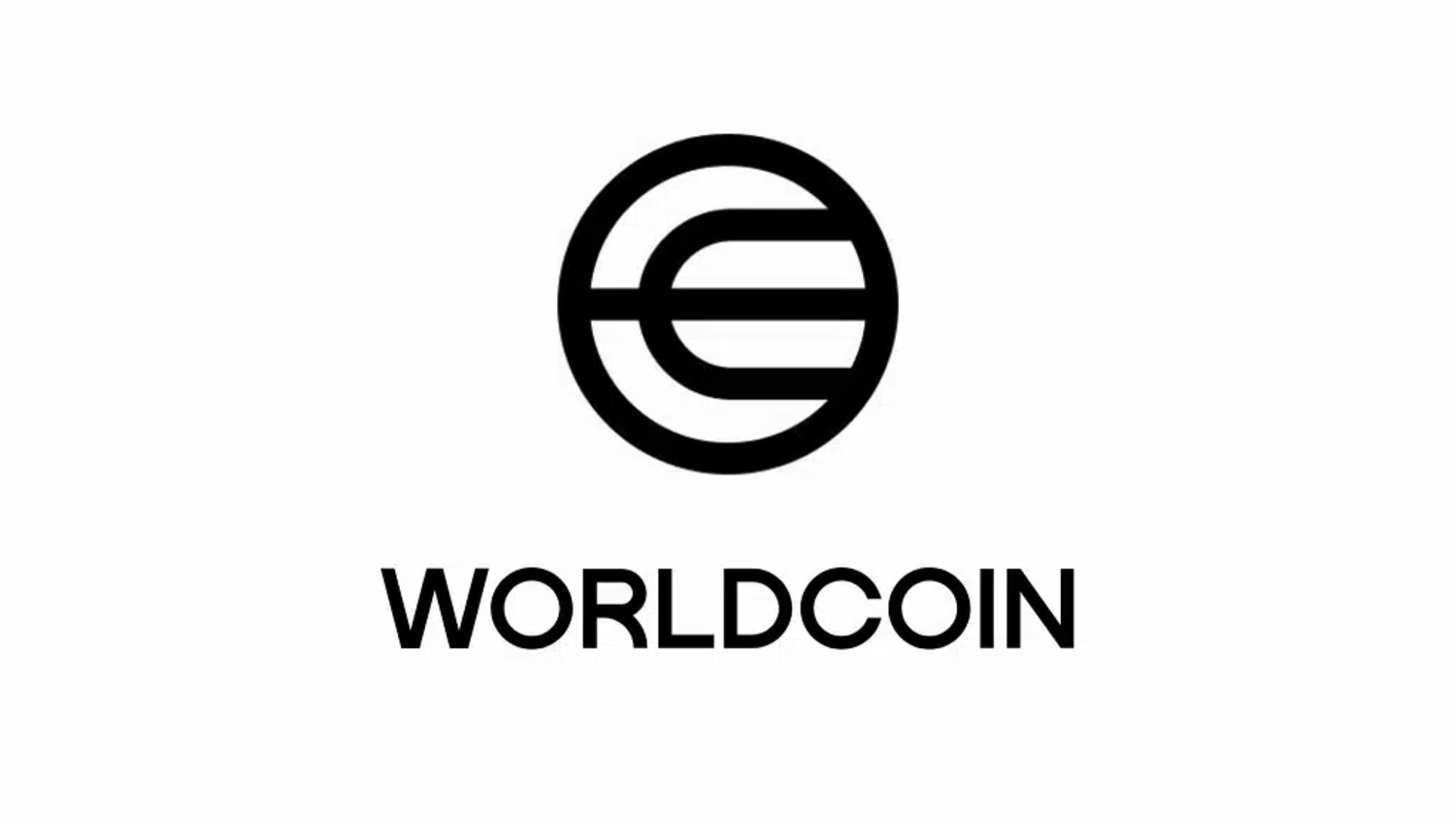ETF är fonder som innehåller en korg med värdepapper som kommer från det index de spårar. Till exempel kommer ETF:er som spårar S&P 500-indexet innehålla 500 aktier i S&P. Om S&P rör sig 1% brukar den börshandlade fonden också flytta med 1%. Hävstångs-ETFer fungerar annorlunda.
En hävstångs ETF som spårar S&P kan använda finansiella produkter som förstorar varje 1% vinst i S&P till 2% eller 3% vinst. Vinstens omfattning är beroende av mängden hävstång som används i ETF. Leveraging är en investeringsstrategi som använder lånade medel för att köpa optioner och futures för att öka effekten av prisrörelser.
Hävstångs-ETFer kan dock också fungera i motsatt riktning och leda till förluster för investerare. Om det underliggande indexet sjunker med 1% förstärks förlusten av hävstångseffekten. Hävstång är ett tveeggat svärd vilket innebär att det kan leda till betydande vinster, men det kan också leda till betydande förluster. Investerare bör vara medvetna om riskerna för hävstångs-ETFer eftersom risken för förluster är betydligt högre än traditionella investeringar.
Förvaltningsavgifterna och transaktionskostnaderna i samband med hävstångsfonder kan minska fondens avkastning.
Hävstången i hävstångs-ETFer
En hävstångsfond kan använda derivat som optionskontrakt för att förstora exponeringen för ett visst index. Det förstärker inte den årliga avkastningen för ett index utan spårar istället de dagliga förändringarna. Optionskontrakt ger en investerare möjlighet att handla en underliggande tillgång utan skyldigheten att de måste köpa eller sälja värdepapper. Optionskontrakt har ett utgångsdatum då varje åtgärd måste slutföras.
Optionerna har förskottsavgifter – så kallade premier – förknippade med dem och gör det möjligt för investerare att köpa ett stort antal aktier i värdepapper. Som ett resultat kan optioner i lager med en investering som aktier lägga till vinsterna med att hålla aktieinvesteringen. På detta sätt använder hävstångsfonder alternativ för att öka vinsterna för traditionella ETF:er. Portföljförvaltare kan också låna för att köpa ytterligare värdepappersaktier, ytterligare lägga till sina positioner men också öka potentialen för vinster.
En inverterad hävstångs-ETF använder hävstång för att tjäna pengar när det underliggande indexet sjunker i värde. Med andra ord stiger en invers ETF medan det underliggande indexet sjunker så att investerare kan dra nytta av en baisseartad marknad eller marknadsnedgång.
Kostnaderna för hävstång
Tillsammans med kostnader för förvaltnings- och transaktionsavgifter kan det finnas andra kostnader för börsnoterade fonder. Hävstångs-ETF:er har högre avgifter än vanliga ETF:er eftersom premier måste betalas för att köpa optionskontrakten samt lånekostnaderna eller marginalerna. Många hävstångsfonder har en kostnadsnivå på 1% eller mer.
Trots de höga kostnadsförhållandena i samband med hävstångsfonder är dessa fonder ofta billigare än andra former av marginal. Handel med marginal innebär att en mäklare lånar ut pengar till en kund så att låntagaren kan köpa aktier eller andra värdepapper med värdepapper som säkerhet för lånet. Mäklaren tar också ut en räntesats för marginallånet.
Till exempel kan blankningar som innebär att man lånar aktier från en mäklare för att satsa på en nedåtgående rörelse, medföra avgifter på 3% eller mer på det lånade beloppet. Användningen av marginal för att köpa aktier kan bli lika dyr och kan leda till margin call om positionen skulle tappa pengar. Ett margin call inträffar när en mäklare ber om mer pengar om säkerheterna förlorar värde.
Hävstångs-ETF:er som kortfristiga investeringar
Hävstångs-ETF:er används vanligtvis av handlare som vill spekulera i ett index eller för att dra nytta av indexets kortsiktiga fall. På grund av den höga risken och högkostnadsstrukturen för hävstångsfonder används de sällan som långsiktiga investeringar.
Till exempel har optionskontrakt utgångsdatum och handlas vanligtvis på kort sikt. Det är svårt att hålla långsiktiga investeringar i levererade ETF:er eftersom de derivat som används för att skapa hävstången inte är långsiktiga investeringar. Som ett resultat har traders ofta positioner i hävstångsfonder under högst några dagar eller mindre. Om hävstångsfonder hålls under långa perioder kan avkastningen vara helt annorlunda än det underliggande indexet.
Fördelar
Hävstångs-ETF:er erbjuder potential för betydande vinster som överstiger det underliggande indexet.
Investerare har ett brett utbud av värdepapper att handla med hävstångs-ETF:er.
Investerare kan tjäna pengar när marknaden sjunker med inversa hävstångsfonder.
Nackdelar
Hävstångs ETF:er kan leda till betydande förluster som överstiger det underliggande indexet.
Dessa ETF:er har högre avgifter och kostnader jämfört med traditionella börshandlade fonder.
Hävstångs-ETF:er är inte långsiktiga investeringar.
Exempel på en hävstångs-ETF
Direxion Daily Financial Bull 3x Shares (FAS) ETF innehar aktier i stora amerikanska finansiella företag genom att spåra Russell 1000 Financial Services index. Det har en kostnadskvot på 0,99% och toppinnehavet inkluderar Berkshire Hathaway (BRK.B), Visa (V) och JP Morgan Chase (JPM). ETF syftar till att ge investerare 3x avkastning för de finansiella aktier som den spårar.
Om en investerare till exempel investerade 10 000 dollar i ETF och aktierna som spårades från index ökade med 1% skulle ETF returnera 3% under den perioden. Men om det underliggande indexet minskade med 2% skulle FAS ha en förlust på 6% för den perioden.
Som tidigare nämnts används hävstångsfonder för kortsiktiga rörelser på marknaden och kan leda till stora vinster eller förluster mycket snabbt för investerare.

 Nyheter3 veckor sedan
Nyheter3 veckor sedan
 Nyheter4 veckor sedan
Nyheter4 veckor sedan
 Nyheter4 veckor sedan
Nyheter4 veckor sedan
 Nyheter3 veckor sedan
Nyheter3 veckor sedan
 Nyheter2 veckor sedan
Nyheter2 veckor sedan
 Nyheter3 veckor sedan
Nyheter3 veckor sedan
 Nyheter4 veckor sedan
Nyheter4 veckor sedan
 Nyheter4 veckor sedan
Nyheter4 veckor sedan























Pingback: Daglig mot månatlig omviktning av hävstångs-ETF:er - ETF-marknaden
Pingback: Vem köper hävstångs-ETF:er? - ETF-marknaden